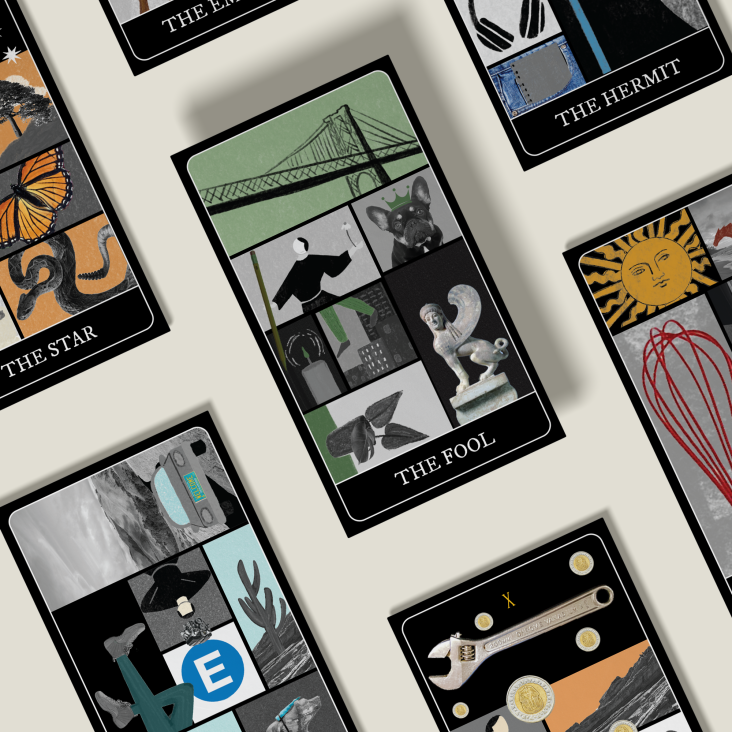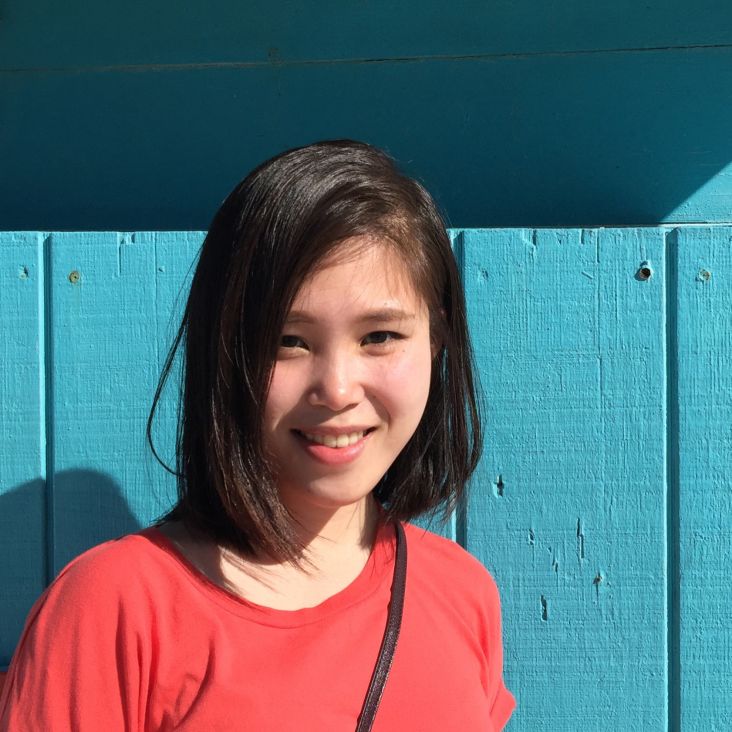Reskate studio lights up dark corners of cities with incredible photo-luminescent murals
Art collective Reskate has transformed walls in some of the darkest urban areas with amazing murals that only reveal their full story when illuminated at night.
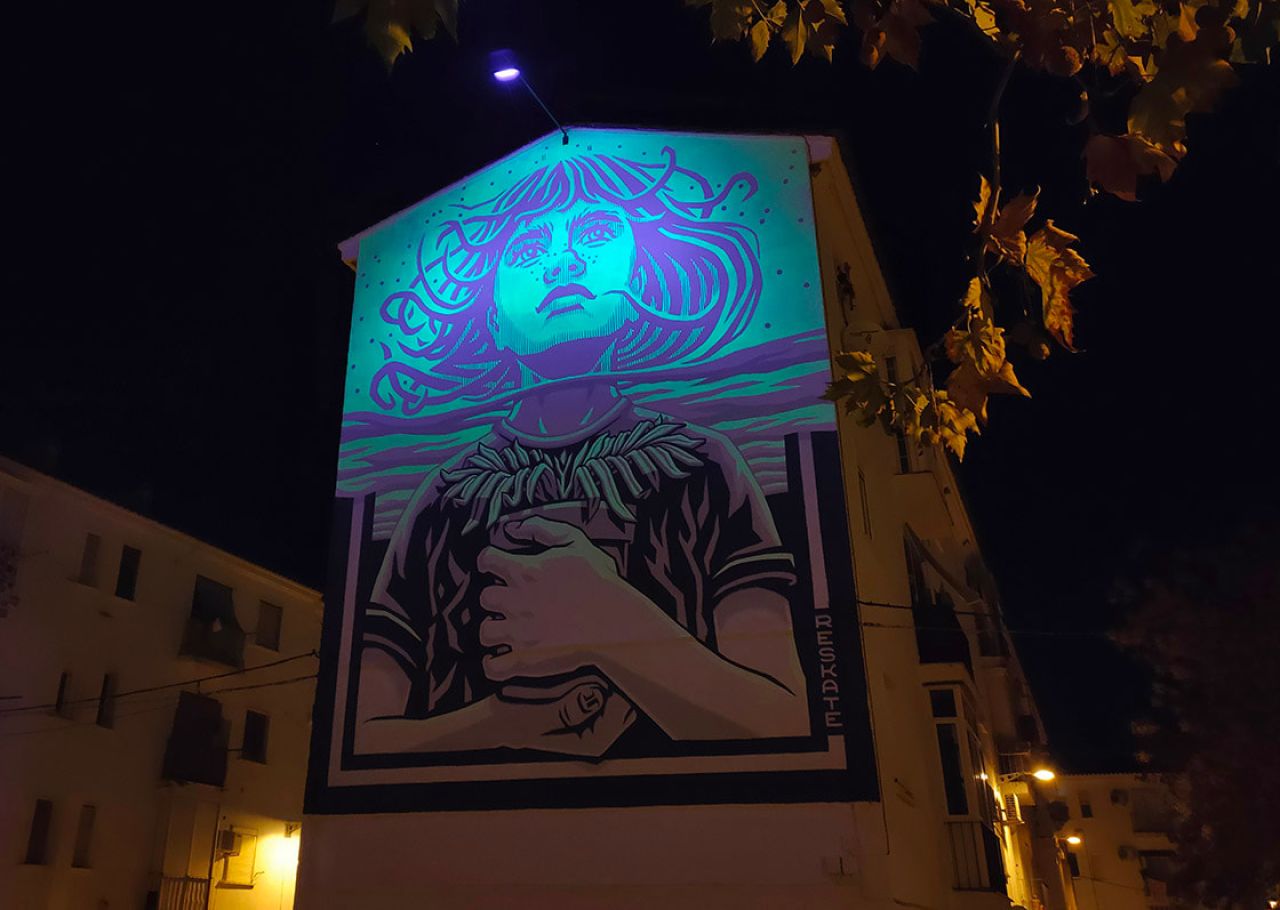
Formed by graphic artist María López (aka minuskula) and Javier de Riba, Reskate is a Barcelona-based artistic collective that specialises in murals, illustrations, exhibitions and installations. And for its latest project, Harreman, the studio wanted to explore the etymology of language and invite audiences to interact with their work.
Taking its name from the Basque word for a relationship, Harreman comprises murals that look impressive enough during the day. Still, as night falls, they become surfaces that reveal hidden designs daubed in photo-luminescent paint when viewers shine a light on them. These designs include a fish trapped behind netting, sailors in the body of a whale, and a pair of angry wolves secretly concealed inside an otherwise peaceful-looking dog.
The project started as an artist residency in Vienna in 2015, which itself was first created to be shown at a gallery that specialised in works painted with the same photo-luminescent paint. This evolved into paintings created on walls after the pair were invited to a street art festival in Romania. "We think that this project works really well on the public space because we get to lighten up dark corners of cities, offering a dialogue with citizens using lights," the pair tell Creative Boom.
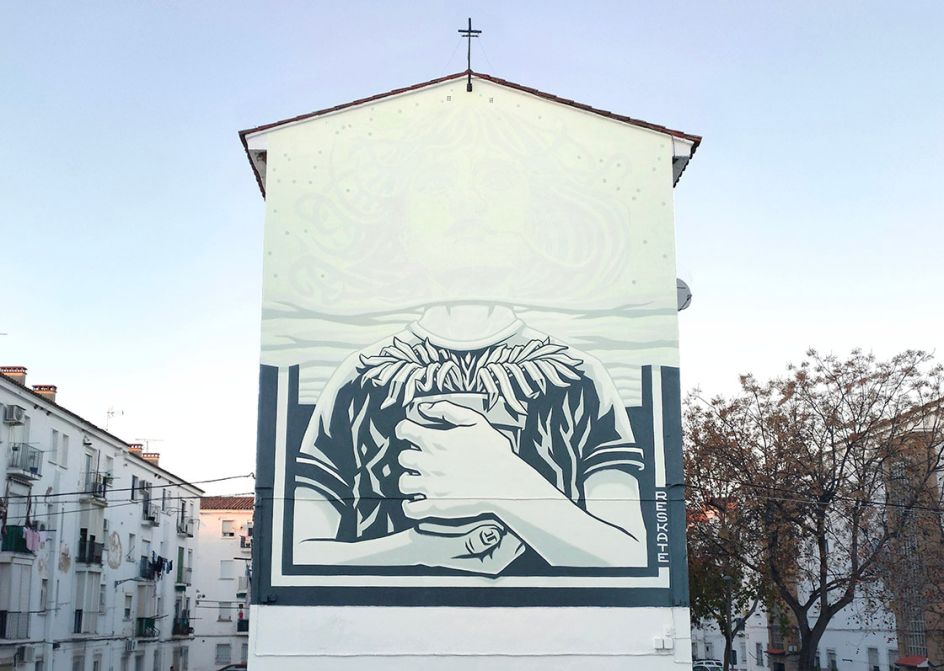
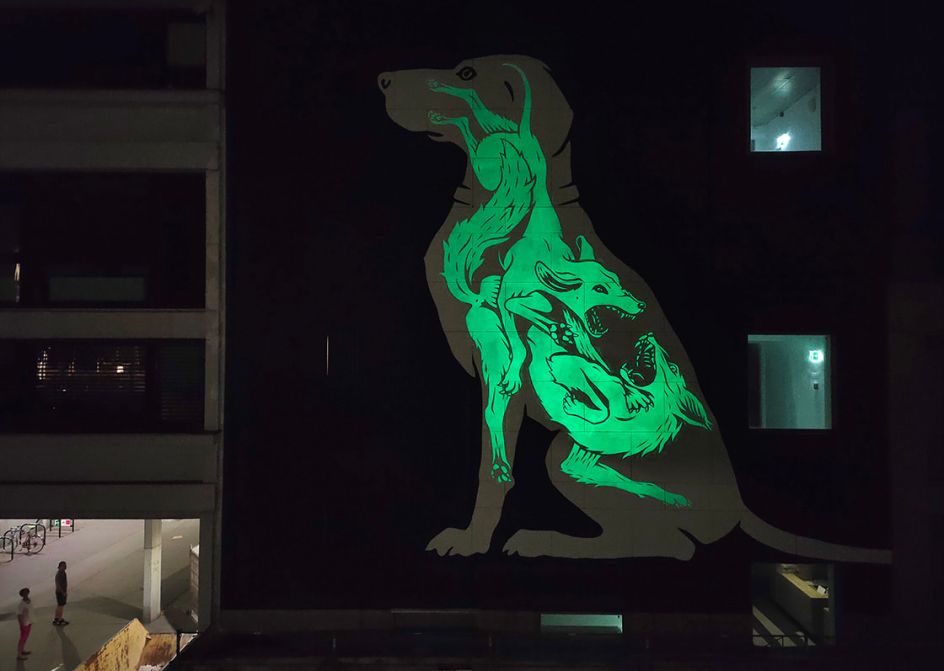
María and Javier were immediately fascinated by the concept of working with photo-luminescent paint. Still, it took them a long time to figure out a project that could work with its special characteristics. "We wanted our use of this material to have a deep purpose and not to use it superficially just because it's fun and glows in the dark.
"The main characteristic of this photo-luminescent paint is that it needs input to be an agent of change. It responds to the light it receives and glows back, allowing for a double reading of the murals. So if you engage with the work by giving light to it, you will receive more than what you get at first viewing."
The walls on which the murals are painted are normally offered to the pair by cultural agents or street art festivals working under the supervision of city councils. But just like their considerate use of paint, these locations are also carefully selected. "Together, we research the light pollution around the wall and other considerations such as how interesting the location is, the conditions of the surface, visibility, safety and many others," they reveal. "This project can't be developed on any wall.
"The location around the mural must be as dark as possible so that we can control the light of our own installation. The production of a mural involves a cost, and it is important that the work has a purpose and stays in good condition for as long as possible. However, we also need to consider that street art is somehow ephemeral. Times, cities, needs and also murals are likely to change."
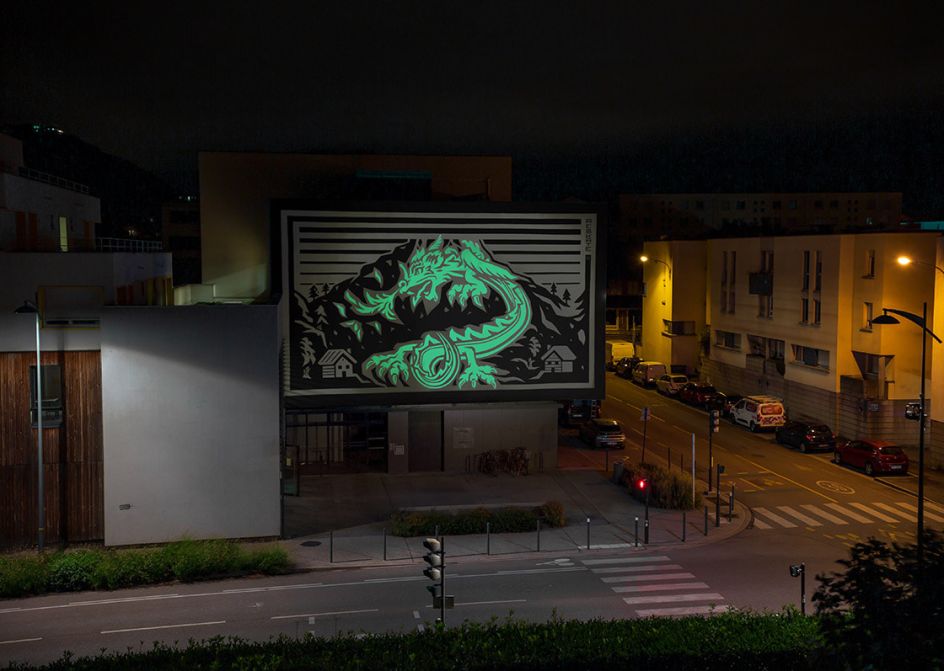
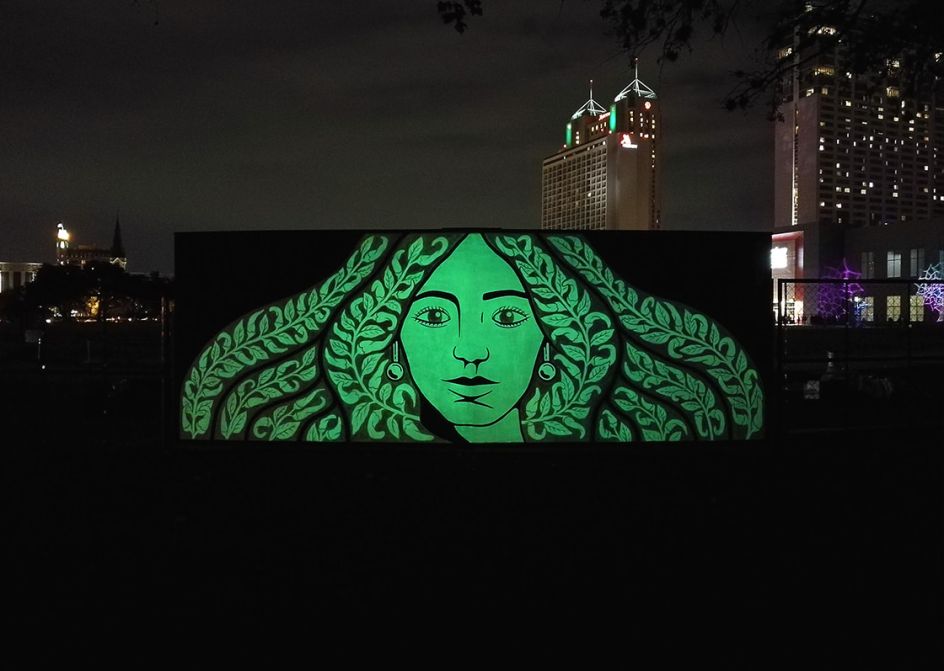
Not all of the murals require audience interaction in order to reveal their secrets. Sometimes a light has been installed that switches on with the help of a pre-set timer. Meanwhile, other lights are activated by a button which the viewer can switch on and off. "Sometimes the light installation has been directly synchronised to the city's lights. When the wall is within people's reach, they can 'paint' it with their mobile's torch like a spray."
The ultimate intention behind the murals is to reinforce the identity of the place in which they are painted. They do this by representing facts of the local reality in a poetic way. The pair are always excited to develop the proposal for a new mural because this process involves learning a lot about the culture and history of the place they will be working in.
"From our point of view, this is crucial to develop a consistent project that is timeless and linked to citizens and their worries," they explain. "At the same time, we like to bring art closer to places where it does not often live."
The murals present two sets of questions and doubts depending on when they are looked at. But if audiences can view both versions, then the artwork explains a concept deeply rooted in the space in which they are located.

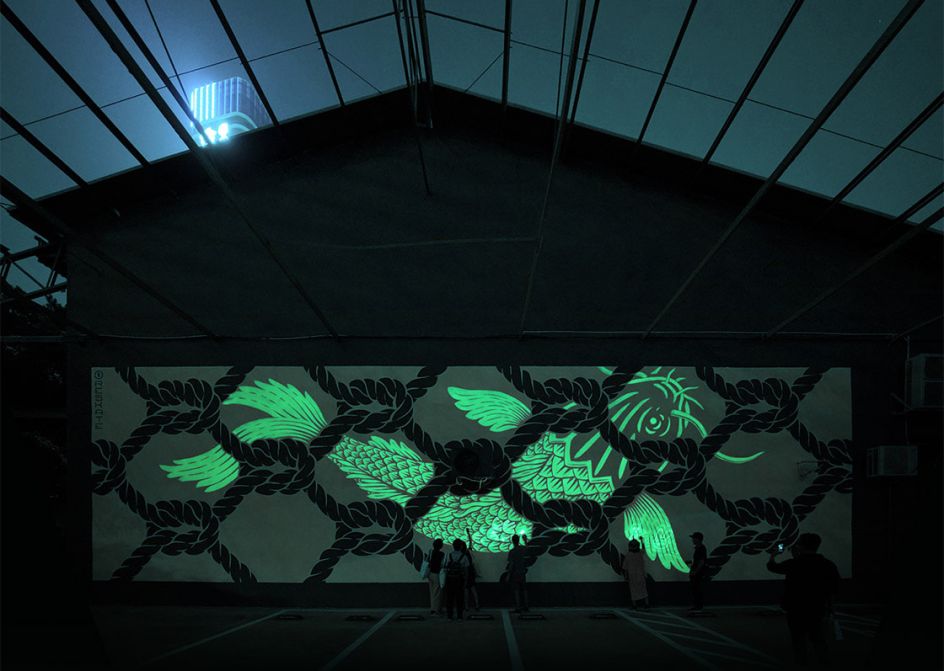
Due to this very sensitive and respectful approach to the locations, people, by and large, have a nice relationship with the murals. The image presented during the daytime is clean and soft, and the revelation that comes at night when the hidden, glowing illustration is revealed usually comes as a shock but a nice surprise.
"We had the most beautiful comment so far when we finished our latest wall this year in Mérida, Spain," the pair explains. "An old lady told us that she normally closed her blind at night because she was scared since she became a widow. But after our intervention, she didn't shut it as she could see the glowing mural from her bed and the image of the little girl accompanying her at night. The impact of street art in a city can be positive, makings us feel so happy."
Don't worry if you love these murals but can't see them in person. Once each project is finished, the illustration is usually adapted into a limited edition, hand-crafted screen print which can be purchased on the Reskate studio website.
"This way, our work reaches other far-off destinations," the artists conclude. "We always get very excited that someone from another corner of the world can feel connected with work that is located in a Catalan village or with another place that is really far away from the place they are living in."
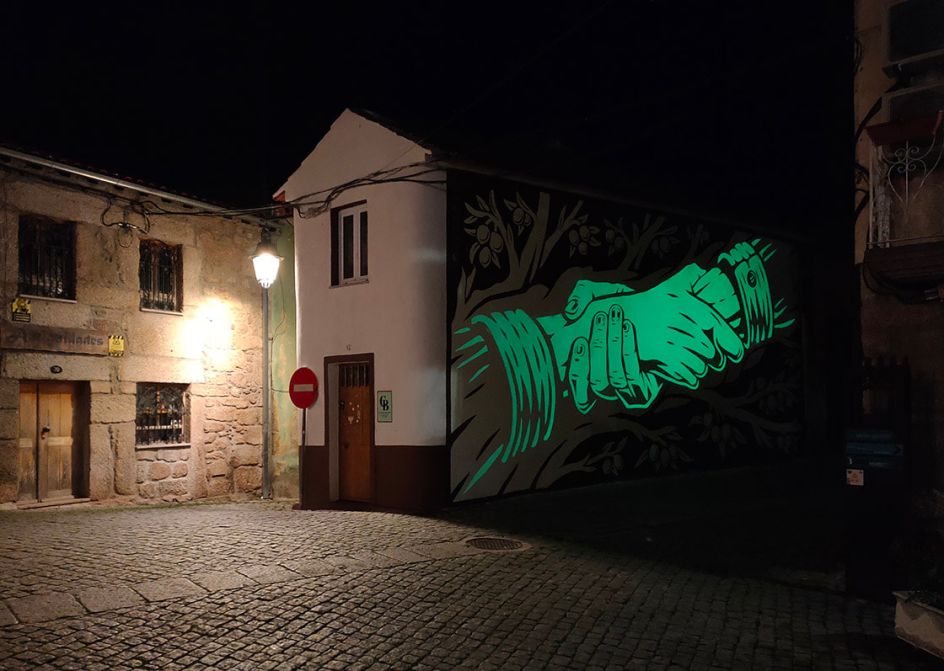




 by Tüpokompanii](https://www.creativeboom.com/upload/articles/58/58684538770fb5b428dc1882f7a732f153500153_732.jpg)


 using <a href="https://www.ohnotype.co/fonts/obviously" target="_blank">Obviously</a> by Oh No Type Co., Art Director, Brand & Creative—Spotify](https://www.creativeboom.com/upload/articles/6e/6ed31eddc26fa563f213fc76d6993dab9231ffe4_732.jpg)









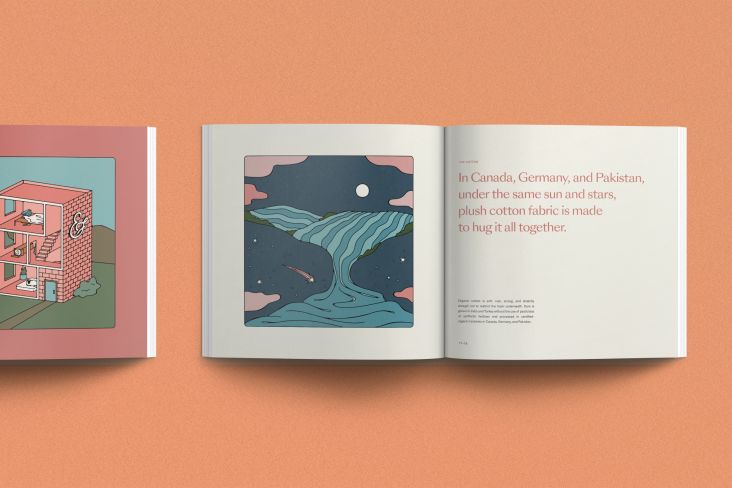
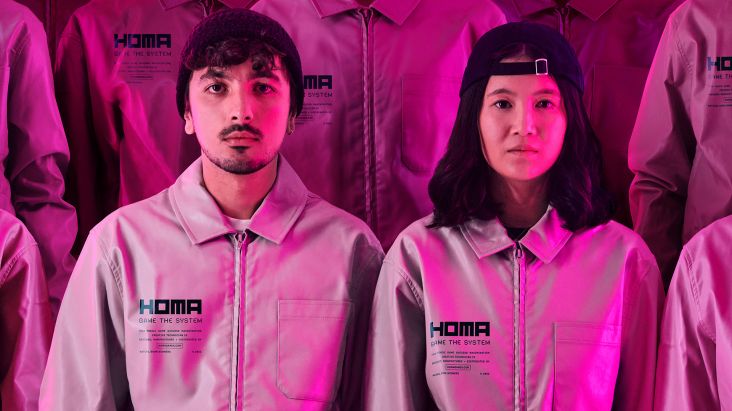

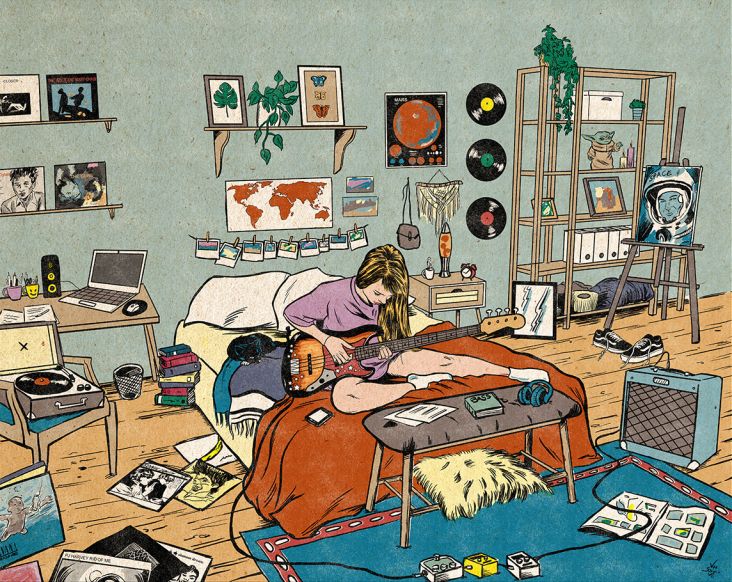
 using GT Pressura](https://www.creativeboom.com/upload/articles/15/15bb446bc7e18a26703746b660313a843ed655e5_732.jpg)
